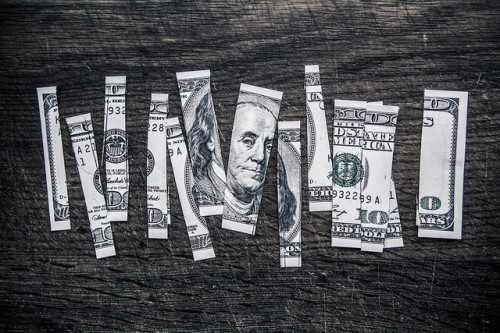Protecting your business from chargebacks
Posted by : Premraj | Posted on : Saturday, November 8, 2014

Chargeback is an ever-present threat for business owners. They can cost your business a lot of losses if not kept in check. In addition, your good business reputation risks tarnishing with credit card processor. In order to maintain a healthy business, you must retain the chargeback rate at its lowest, and to take control, you must begin from a point of knowledge.
What is a chargeback?
This is simply a disputed credit card transaction. The dispute is raised by a customer who is displeased with a merchant’s goods or services or if there is an unauthorized transaction on his statement. In such cases, if the chargeback is successful, you credit the money back into the customer’s account and debit it from the merchant.
Creation of chargebacks was with the aim of shielding consumers from bearing the burden of unauthorized transactions or low quality goods and services. However, if used falsely by customers, a business owner can incur many losses, since chargebacks are not transactions with merchants, rather with their banks.
Why you could get a chargeback
Various situations can cause a business to suffer a chargeback. By understanding the main cause for such situations, you can learn how to protect your business from their debilitating effects.
- 1. Goods not shipped, or shipped with defects
If a client pays for goods that do not arrive or arrive in various states of ruin, the client will dispute the transaction and initiate a charge-back claim. Whether the shipment is on your business or paid for by the client, you can ensure the safety of the cargo by selecting a good shipping company. In addition, keep your receipts until the client confirms delivery and track progress if the cargo is on a long journey e.g. overseas by cargo-ship.
- 2. Unauthorized transactions
If carrying out of transactions is through mail or over the phone, it is always possible for clients to turn around and claim that they did not authorize those transactions. If your business allows phone orders, ensure that you get as much information about the customer as you can. Get the CVV2 of the credit card and address for your added security.
- 3. Using an invalid account or credit card number
Ensure that your business’s system has the feature that detect and rejects all expired, cancelled or otherwise invalid credit cards. This will prevent the system from initiating a chargeback when it is unable to find a working account number to which to post the transaction.
- 4. Double transaction processing
This results from a technical system error that causes a client to receive double charge for the same transaction. The same problem can also occur if the client in an online transaction erroneously presses the ‘pay’ button twice, causing duplication of a charge.
- 5. Human error
Equally, when the physical credit card undergoes manual processing by a cashier or accountant, there is a chance of making an error resulting in duplicate charges and other forms of errors. As much as you can, automate credit payment systems to reduce chances of this occurring
- 6. Fraud
Lastly, a client can deliberately claim any of the above situations to initiate a chargeback, just to cost your business money and get free products or services. You can protect yourself from this by having a designed credit card authorization form. There are over 40 forms templates to select from depending on the nature of business.
When investigating a chargeback claim, you can present the signed form to the bank to show you had customer authority, especially in a card-not-present situation.
Author Bio
David Welsey is an expert in cashless payments. To find out more information about credit card authorization and our 40 forms credit card authorization template, click the link.
 SU
SU REDDIT
REDDIT







